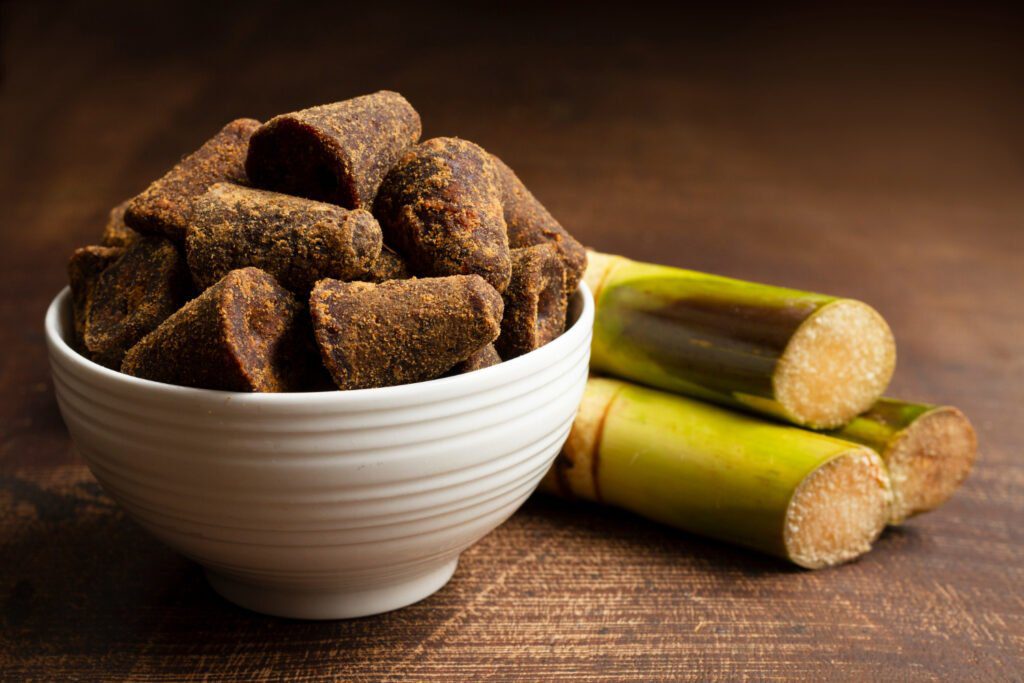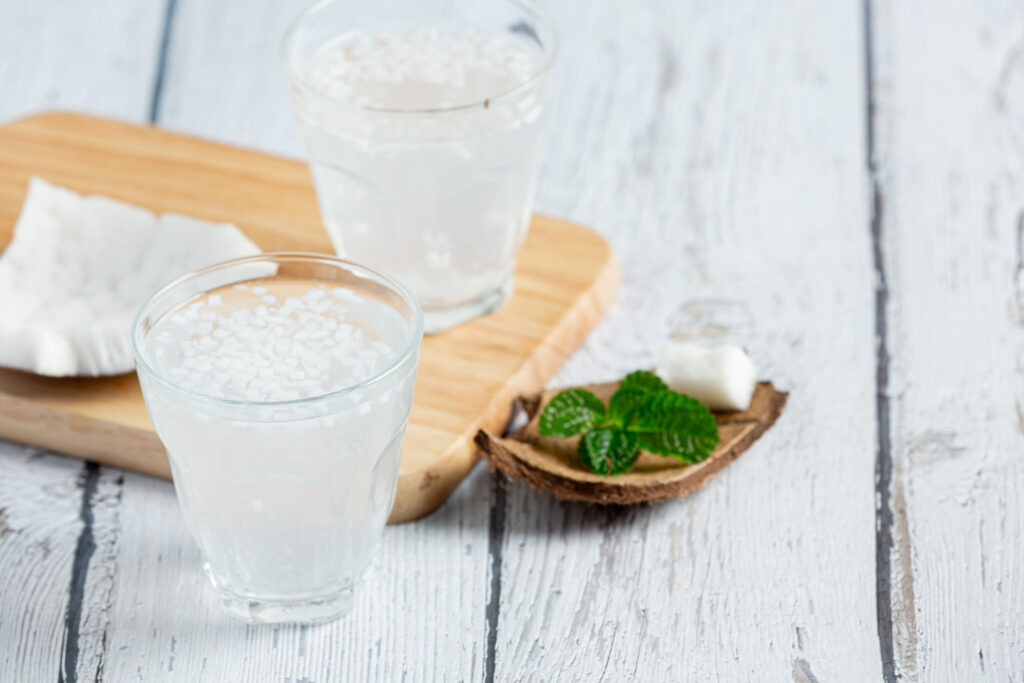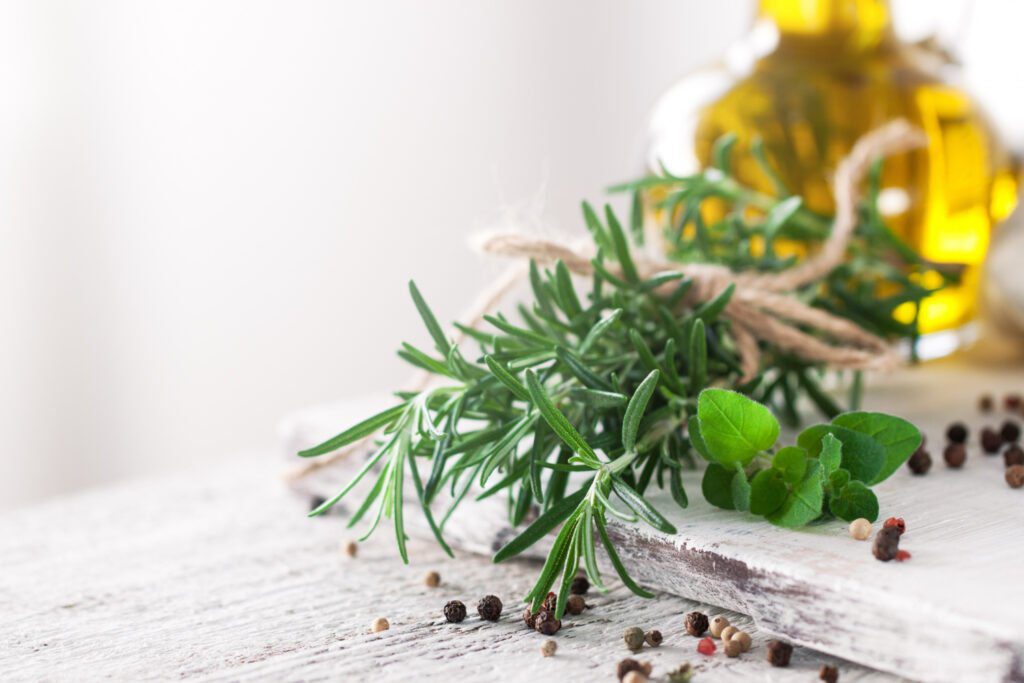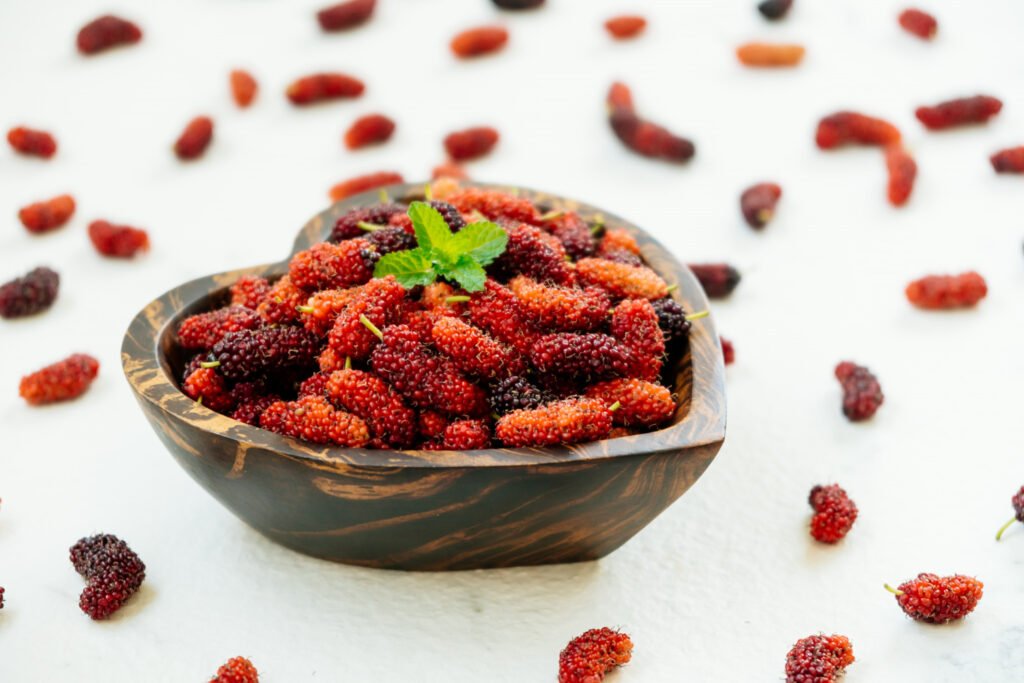Kimchi is more than just a side dish; it’s a staple of Korean cuisine that embodies centuries of tradition and cultural significance. Made primarily from fermented vegetables, notably napa cabbage and radishes, kimchi is revered for its unique flavor, health benefits, and versatility in cooking. However, one debate continues to perplex enthusiasts and newcomers alike: Is kimchi better hot or cold? In this comprehensive guide, we’ll delve deep into this topic, providing expert insights, scientific evidence, and a thorough exploration of the best ways to enjoy kimchi.
What is Kimchi?
Kimchi is a traditional Korean dish made from seasoned and fermented vegetables. The most common variety consists of napa cabbage, Korean radishes, garlic, ginger, and chili pepper flakes, among other ingredients. Fermentation enhances the flavors, producing a tangy, spicy taste that can vary from mild to intensely hot, depending on the preparation.
The Fermentation Process.
The fermentation process is crucial for developing the unique flavors of kimchi. During fermentation, beneficial bacteria called lactic acid bacteria break down sugars in the vegetables, creating lactic acid, which acts as a natural preservative. This not only helps in preserving the dish but also enriches it with probiotics that are beneficial for gut health.
Nutritional Benefits of Kimchi.
Kimchi is not just delicious; it’s also packed with nutrients. Some of the health benefits include:
- Rich in Probiotics: Fermented foods like kimchi are excellent sources of probiotics, which promote gut health and boost the immune system.
- High in Vitamins: Kimchi is rich in vitamins A, B, and C, contributing to overall health.
- Low in Calories: Kimchi is low in calories, making it a great addition to a weight-loss diet.
- Antioxidant Properties: The ingredients in kimchi are known for their antioxidant properties, which can help combat oxidative stress.
The Great Debate: Hot or Cold Kimchi?
Kimchi Served Cold.
Cold kimchi is typically enjoyed straight from the refrigerator. Its refreshing crunch and tangy flavor make it a delightful accompaniment to many meals. Here are some reasons why many prefer cold kimchi:
1. Texture and Freshness: Cold kimchi retains its crunchy texture, which can enhance the overall eating experience. The cold temperature helps maintain the integrity of the vegetables, offering a crisp bite.
2. Versatility: Cold kimchi can be used in various dishes, including salads, rice bowls, and as a topping for tacos or burgers. Its tanginess can balance out rich or fatty flavors in other foods.
3. Probiotic Benefits: Eating kimchi cold may retain more of its live probiotics, which can be beneficial for gut health.
Kimchi Served Hot.
On the other hand, hot kimchi offers a different experience. Cooking with kimchi is common in Korean cuisine, especially in dishes like kimchi stew (kimchi jjigae) and stir-fried rice (kimchi bokkeumbap). Here are some reasons people enjoy hot kimchi:
1. Flavor Development: Heating kimchi can enhance its umami flavor, making it richer and more complex. The heat can mellow the sharpness of the fermentation, creating a soothing and comforting dish.
2. Comfort Food: Hot kimchi is often associated with comfort food, especially in colder months. A warm bowl of kimchi stew can provide both warmth and nourishment.
3. Culinary Creativity: Cooking with hot kimchi allows for culinary creativity. It can be added to soups, stews, fried rice, and even tacos or pizzas, giving a unique twist to traditional dishes.
| 💡 Experts Point of View on Hot vs. Cold Kimchi. To gain further insight into this debate, I spoke with several culinary experts and nutritionists to understand their perspectives on the best way to enjoy kimchi. Chef Han Ji-hoon. Chef Han Ji-hoon, a well-known chef specializing in Korean cuisine, stated, “Kimchi is meant to be enjoyed in many forms. Cold kimchi brings out the fresh and crisp flavors, while hot kimchi offers warmth and comfort. It truly depends on the dish you are preparing and your personal preference.” Nutritionist Dr. Min Seo-yeon. Dr. Min Seo-yeon, a nutritionist with extensive knowledge of fermented foods, explained, “Both hot and cold kimchi have their unique benefits. Cold kimchi is excellent for preserving probiotics, while cooking kimchi can unlock other flavors and nutrients. It’s all about balance and variety in your diet.” Home Cook Maria Park. Home cook Maria Park shared her experience, saying, “I love cold kimchi in the summer months for a refreshing bite, but in the winter, there’s nothing better than a warm bowl of kimchi stew. Each preparation offers something different.” |
The Science Behind Temperature Preferences.
Probiotics and Temperature.
A study published in the J Adv Pharm Technol Res suggests that the probiotic content of fermented foods can be affected by temperature. While cooking can kill off some beneficial bacteria, it also enhances the flavors, making the dish more palatable for some.(1)
Nutrient Retention.
Research indicates that certain nutrients, such as vitamins A and C, can degrade when exposed to heat. Therefore, cold kimchi may retain more of these vitamins. However, cooking kimchi can also increase the bioavailability of some compounds, making it easier for the body to absorb them.
Frequently Asked Questions.
Yes, you can eat kimchi cold even after cooking. While the probiotics may be diminished, the flavor and texture can still be enjoyable.
Kimchi should be stored in an airtight container in the refrigerator to maintain its freshness. Cold kimchi can last several weeks, while cooked kimchi should be consumed within a few days.
Cold kimchi pairs well with rice, salads, tacos, and as a side dish for grilled meats. It can add a refreshing crunch to various meals.
Hot kimchi can be used in stews, stir-fries, fried rice, or even as a pizza topping. It adds a unique flavor and warmth to many dishes.
The probiotics in kimchi can help balance gut bacteria, improving digestion and potentially boosting the immune system.
Final Thought.
In the end, whether kimchi is better hot or cold largely depends on personal preference and the context in which it’s being consumed. Each preparation has its own unique benefits and flavors, contributing to the rich tapestry of Korean cuisine.
For those looking to enjoy the health benefits of kimchi, consider incorporating both hot and cold varieties into your diet. Whether you relish the refreshing crunch of cold kimchi on a hot summer day or savor the comforting warmth of kimchi stew on a chilly evening, this versatile dish is sure to enhance your culinary experience.
As the culinary experts and home cooks have shown, the beauty of kimchi lies in its adaptability. So, the next time you prepare this iconic dish, take a moment to appreciate its many forms and flavors. After all, in the world of food, there’s always room for exploration and enjoyment.
+1 Source
FitMeMore has strict sourcing guidelines and relies on peer-reviewed studies, educational research institutes, and medical organizations. We avoid using tertiary references. You can learn more about how we ensure our content is accurate and up-to-date by reading our editorial policy.
- Fermented Foods as Probiotics: A Review; https://pmc.ncbi.nlm.nih.gov/articles/PMC8588917/

 Workout
Workout
 Meditation
Meditation




 Contact Us
Contact Us

















